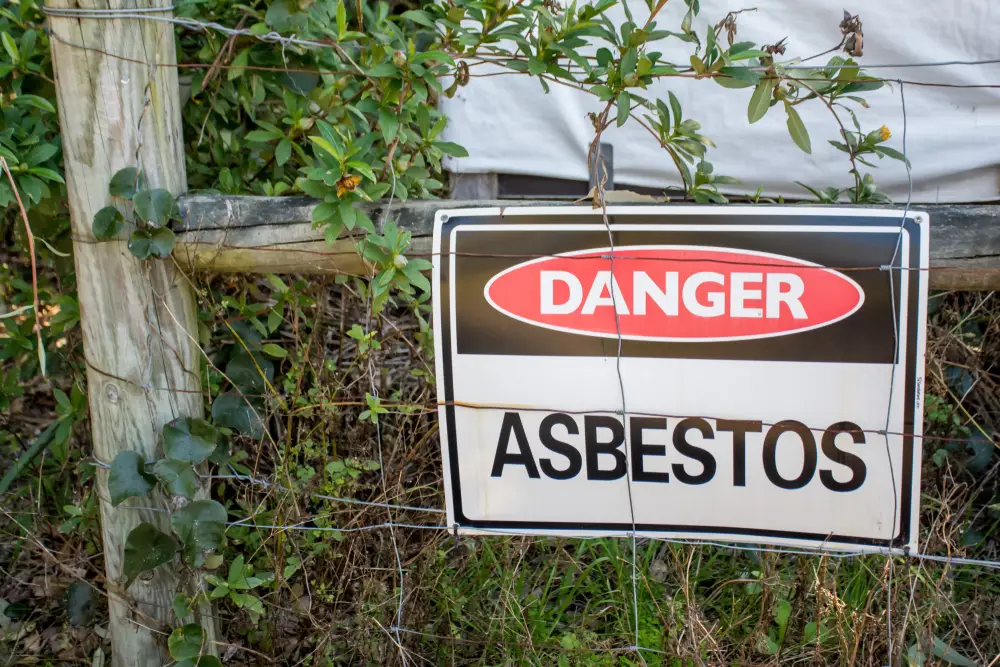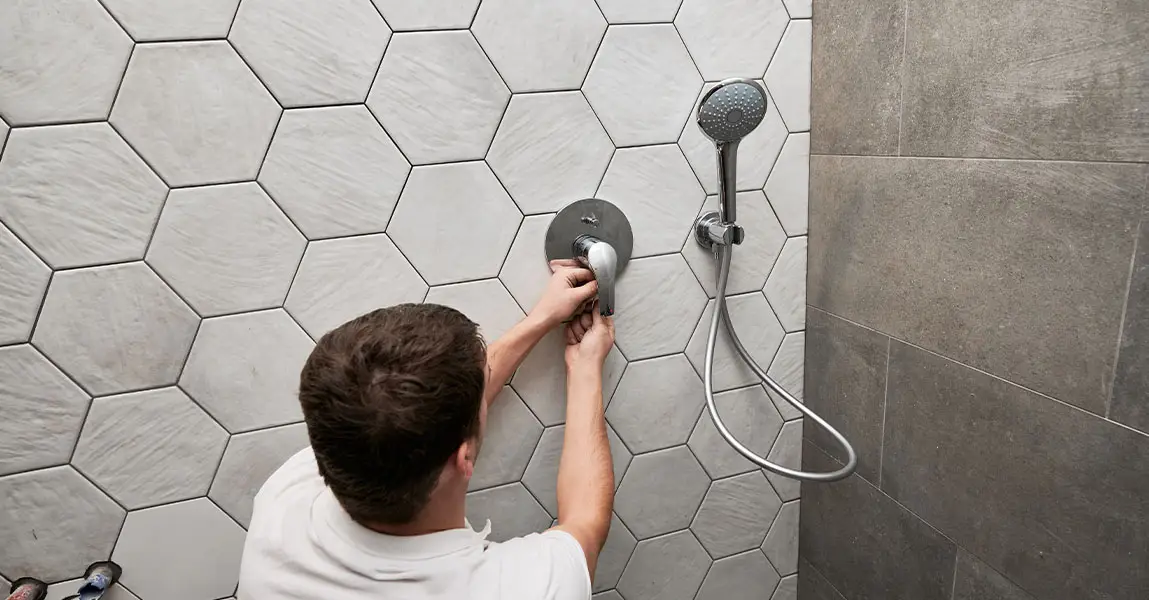Mold is one of those household problems that can go unnoticed until it becomes serious. It tends to hide in damp, dark spaces and can spread silently. But if you catch it early, you can avoid major damage and health risks. Knowing when to get a mold inspection isn’t always obvious, so this guide breaks down the most practical signs to watch for, along with tips on what to do next.
Musty Smells That Won’t Go Away
One of the most common signs of mold is a persistent musty odor. This scent is often strongest in enclosed spaces like basements, attics, or behind closed doors. The smell can be subtle at first, but if it lingers or gets stronger after rain or humidity, that’s a red flag.
To clarify, mold produces microbial volatile organic compounds (MVOCs) as it grows. These gasses create that recognizable earthy smell. Even if you don’t see visible mold, your nose might be picking up on a hidden colony behind drywall, under flooring, or inside ductwork. Therefore, a musty smell that persists should never be ignored.
Recent Water Damage or Leaks
Any time your home experiences water damage, mold becomes a potential problem. This includes flooding, burst pipes, leaking roofs, or even small plumbing issues under sinks. Even after the visible water is gone, moisture can remain trapped in walls, ceilings, or insulation.
For instance, you might think a leak that was repaired months ago is no longer a concern. However, if the area was not fully dried or properly cleaned, mold might still be growing out of sight. In situations like this, a mold inspection is a smart precaution. It can identify hidden damp areas that are still at risk.
Allergy Symptoms at Home but Not Elsewhere
Another signal is if you or others in your household experience allergy-like symptoms that ease up when you leave the house. Mold spores can act as irritants and allergens. As a result, they often trigger coughing, sneezing, nasal congestion, itchy eyes, or throat irritation.
These symptoms tend to flare up when mold is present, especially in sensitive individuals. Likewise, if someone in your home has asthma, mold can worsen their symptoms significantly. If the health issues are consistent indoors but improve in other places, mold should be considered a possible cause.
Visible Spots That Keep Coming Back
Sometimes mold is easy to spot. You might see black, green, or brown patches on ceilings, drywall, tile grout, or basement walls. However, it’s not always straightforward. For instance, what looks like dirt or staining could be mold, and cleaning it off may not be enough.
Most importantly, if you clean an area and the spots return within a few days or weeks, you’re probably dealing with active mold growth. Mold needs moisture and organic material to grow, so if the conditions remain unchanged, it will simply come back. That’s when an inspection can help determine how deep the problem goes and what’s feeding it.
A Home with Poor Ventilation or High Humidity
Homes that stay humid or don’t have good air circulation are more likely to develop mold. This is especially true in bathrooms without exhaust fans, kitchens with limited airflow, or homes with sealed windows that trap indoor moisture.
High humidity on its own doesn’t always mean you’ll have mold. However, it creates the perfect conditions for mold spores to thrive. If your indoor environment feels stuffy or damp consistently, a mold inspection can uncover potential trouble spots before visible growth begins.
You’re Buying or Selling a Home
Whether you’re on the buying or selling end, a mold inspection can save everyone time and trouble. As a buyer, discovering mold after purchase can be a costly surprise. As a seller, mold can derail a deal or lower the home’s value if found late in the process.
Therefore, scheduling a mold inspection during the due diligence period is a smart step. It provides peace of mind and may uncover hidden issues that aren’t obvious during a regular home inspection. Similarly, if you’re selling an older home or one that’s been vacant, it helps ensure there are no surprises that affect negotiations.
You’ve Tried DIY Mold Removal but It Keeps Spreading
Many people try to tackle mold themselves using bleach or vinegar, especially for small patches in bathrooms or on tile. While this can work for minor surface mold, it doesn’t address growth behind walls, under floors, or in insulation.
In other words, if your DIY approach seems to work temporarily but the mold keeps coming back, the root issue is likely still there. A professional mold inspection can identify the hidden source and give you a proper strategy for removal.
If you find yourself in this situation, it might be time to get in touch with a qualified team that can assess the situation thoroughly. They’ll be able to determine whether you need cleanup, containment, or repairs to prevent future growth.
Past Mold History in the Home
If your home has had mold problems in the past, you may be more vulnerable to it happening again. This is especially true if the original cause was not fixed properly. Old moisture damage, unresolved leaks, or previously affected walls can still hold spores.
Mold spores can lie dormant in dry conditions, then become active again when moisture returns. So even if it’s been years since the last issue, something as simple as a wet spring or blocked gutter could reactivate a hidden problem. Consequently, a follow-up inspection can be a good preventive step.
Mold You Can’t Reach or Identify
Sometimes the challenge isn’t knowing if mold is there, but knowing what kind it is or how far it’s spread. For example, you may notice discoloration in the attic, stains near windows, or unusual marks near HVAC vents. It might not look like classic black mold, but that doesn’t mean it’s harmless.
In these cases, inspection professionals often use tools like moisture meters, air sampling, and thermal imaging to trace the problem. They can identify whether the issue is surface-level or structural. If you’re unsure what you’re dealing with, a professional assessment offers clarity.
That’s where Professional Restoration Abatement and Cleaning Services in Calgary can make a difference. With the right approach, mold doesn’t have to become a major disruption.
Moisture in the Air Ducts or HVAC System
Your heating and cooling system can distribute mold spores throughout your entire home without you realizing it. This is especially likely if condensation forms in ducts, or if the system pulls in humid air from basements or crawlspaces.
Dust and moisture together create an ideal environment for mold. If you notice a musty smell when the HVAC turns on, or if you see signs of water in or around vents, these could be early warnings. Since HVAC mold is often hidden, inspection is key to stopping it before it affects your whole house.
You’re Renovating a Room with Old Materials
Renovation projects often uncover hidden problems. When tearing out drywall, pulling up flooring, or removing cabinets, you might reveal mold that was trapped behind surfaces for years. Even old wallpaper can hide mold growing on the glue and paper backing.
Before starting a major project, especially in kitchens, bathrooms, or basements, a mold inspection can reveal what’s behind the walls. This can prevent surprise delays and added costs. Planning ahead also ensures the space is safe to work in, particularly if there are kids, seniors, or pets in the home.
FAQ
How do I know if the mold in my home is dangerous?
The only way to know for sure is to have it tested. Some mold types are relatively harmless, while others can produce toxins that affect health. A professional inspection can help identify the type and risk level.
Can mold inspections detect hidden mold behind walls or ceilings?
Yes, many inspectors use moisture meters, thermal imaging, and air quality testing to locate mold that isn’t visible. These tools help identify hidden sources without tearing open your home.
Is a musty smell always a sign of mold?
Not always, but it’s often a strong indicator. Persistent musty smells suggest something organic is decomposing, which is common with mold growth. If you can’t find the source, an inspection is a smart next step.
Should I be concerned about mold if I don’t see any?
Yes. Mold can grow in hidden areas for months before it becomes visible. If you have symptoms, water damage history, or high humidity, it’s still worth checking.
What should I do if I think I need a mold inspection?
Start by documenting any signs like odors, stains, or health symptoms. Then reach out to a professional for a detailed assessment. They’ll be able to recommend testing or remediation based on your home’s specific needs.











